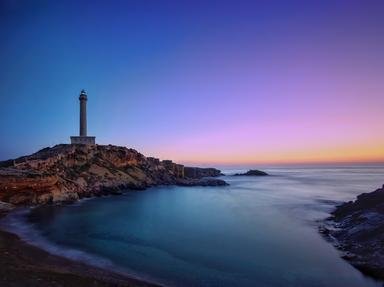Quiz Answer Key and Fun Facts
1. The majority of the maritime shipping industry uses heavy oil and diesel or gas turbines to power their ships, but these are not sustainable. Which of the following has NOT been broached as a way of reducing carbon emissions from cruise ships?
2. While gas exhaust is a global problem, which areas are at particular risk from cruise exhaust?
3. Older cruise ships use a propeller and shaft system to push through the water. What new propulsion system sits outside the hull and can turn 360 degrees to give directional momentum?
4. There are four types of waste water on ships. Which one is the sewerage waste?
5. One of the biggest users of power and the production of greywater is the ships laundry. Which items are responsible for the majority of the load?
6. What happens to the empty cans and bottles on board the ship?
7. The global push to ban plastic bags and single-use plastic items is gaining momentum around the world. Are cruise lines also doing their bit?
8. A major drawcard to cruising is the food, and may there be lots of it. What happens to the uneaten food?
9. Cruise lines are also prioritizing wildlife and ecosystem conservation to protect their destination ports. Which is one way cruise ships are able to protect fragile ecosystems and reefs?
10. Who is the person responsible for ensuring each cruise ship is running as efficiently and eco-friendly as possible?
Source: Author
leith90
This quiz was reviewed by FunTrivia editor
stedman before going online.
Any errors found in FunTrivia content are routinely corrected through our feedback system.
